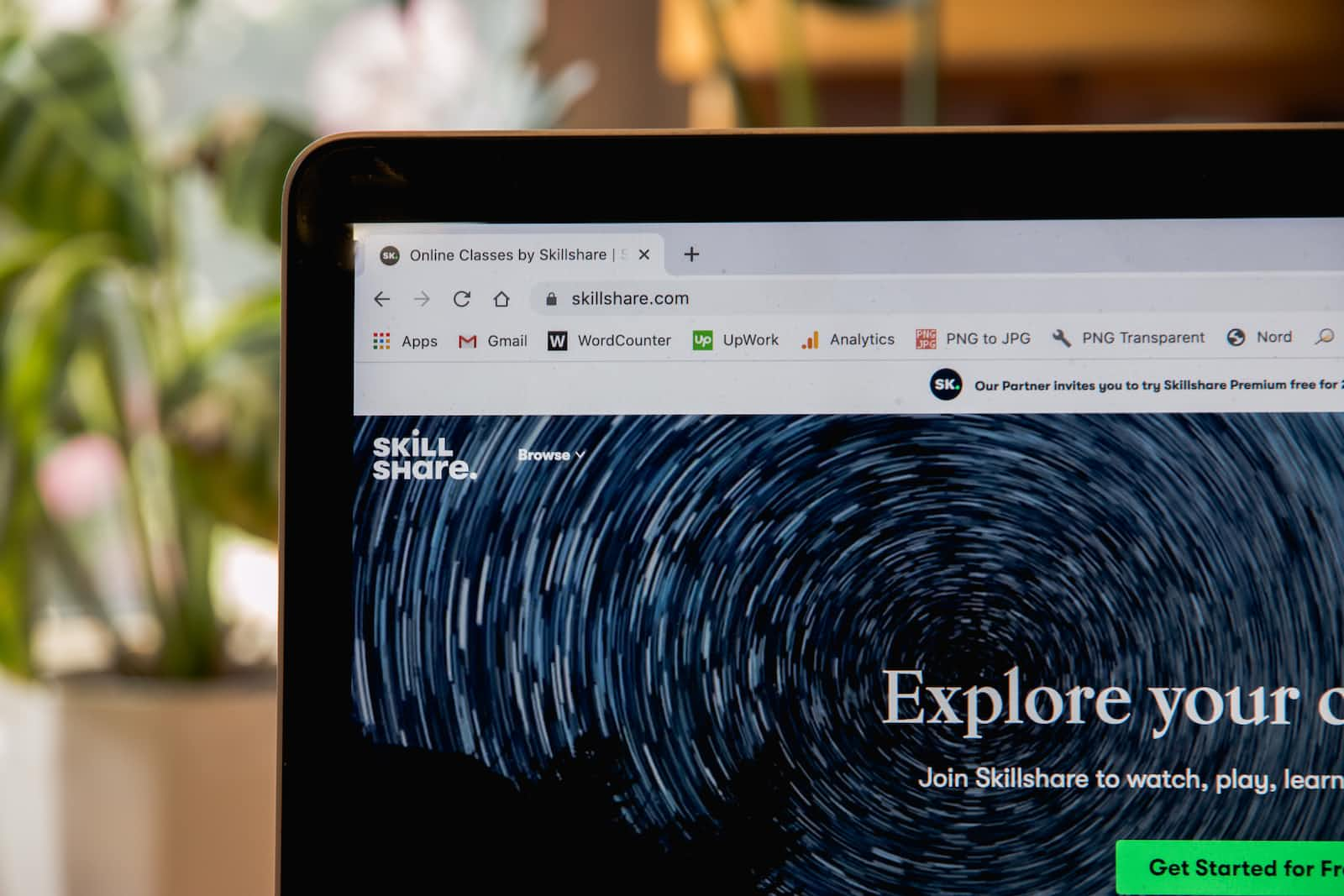Online Learning is Here to Stay. Get Compliant
 InclusiveDocs
InclusiveDocs
Online learning is having a big moment. Although “accessibility” in education has been a growing issue for the last number of years, education is being revamped quickly now, as well as most other industries and institutions, due to the novel coronavirus.
Many colleges and universities in the United States have already transitioned almost entirely to online learning because of COVID-19, and the accessibility of this new mode of teaching for students with disabilities is still a patchwork. Under these extreme circumstances institutions of higher learning are struggling to reach the accessibility requirements under Section 504 of the Rehabilitation Act and/or Title II of the Americans with Disabilities Act. This is important.
The most recent guidance from The Department of Education (“DOE”), which enforces both statutes, contains information regarding whether schools’ accessibility obligations concerning remote instruction have changed in light of the pandemic.
DOE’s first written guidance on the subject in early March did not refer to any specific changes regarding post-secondary schools’ accessibility obligations, and subsequent guidance has mostly focused on accessibility in elementary and secondary schools. This US Department of Education page has a lot of information concerning the accessibility implications of current modes of remote teaching/learning.
As we have written about numerous times in this space, To be ADA compliant, all website PDFs must comply with WCAG 2.1 web accessibility guidelines, pandemic or no pandemic. Every school website almost certainly has many legacy documents that may not be accessible. Offering files that are not accessible renders a school’s entire website out of compliance with federal school website laws and guidelines.
Most schools have, and continue to create, hundreds or thousands of PDF pages that are then linked to their website. PDFs also are required by law to be accessible. That is a lot of data. When Adobe invented the PDF format more than two decades ago they didn’t take into account the roughly 20 percent of the population that has one or more disabilities. PDFs were and still are an easy way to make content as universal as possible, even though a large percentage of the population was left out. Right now it is more important than ever for schools to quickly become fully accessible, and digital publishing platforms such as Inclusive Docs are a good place to start.
Subscribe to my newsletter
Read articles from InclusiveDocs directly inside your inbox. Subscribe to the newsletter, and don't miss out.
Written by
